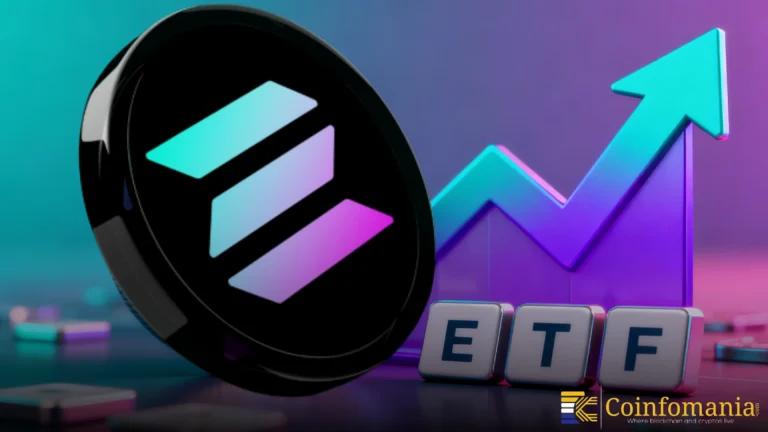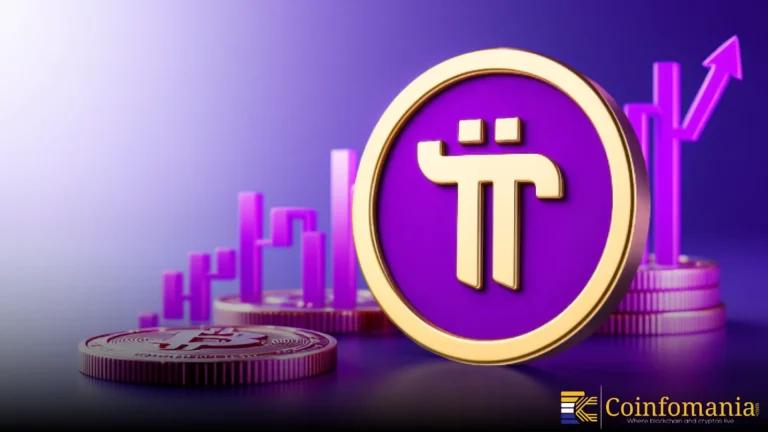Digital Euro Stablecoin Faces Key EU Decisions
Digital euro stablecoin plans gain speed as the EU considers launching on Ethereum or Solana to protect the euro’s role in global finance.

Quick Take
Summary is AI generated, newsroom reviewed.
EU accelerates development of the digital euro.
Ethereum and Solana under review for blockchain use.
ECB warns private stablecoins may weaken banks.
Key legal and tech choices expected later this year.
The European Union is speeding up its plan for a digital euro, with officials now considering a launch on public blockchains like Ethereum or Solana. The move, reported by Crypto Rover, reflects Europe’s push to keep pace with the United States, which has already approved stablecoin laws and set the tone for global digital finance.
A Growing Sense of Urgency
For years, the European Central Bank (ECB) treated the digital euro as a careful, long-term project. That approach has changed. The United States recently passed a stablecoin framework, giving dollar-backed digital assets a major advantage. European policymakers worry that this could weaken the euro’s position in world markets.
If dollar stablecoins become the standard in cross-border payments, the euro risks falling behind. Some officials warn this would threaten Europe’s financial independence and allow U.S. policies to dominate digital money.
Public vs. Private: Which Way Forward?
The biggest debate now centers on technology. Early drafts of the digital euro suggested a private system, controlled by the ECB and national banks. This would have kept transactions within a closed network.
But pressure from the U.S. has changed the conversation. The EU is now exploring public blockchains such as Ethereum and Solana. These networks offer global reach, quick adoption, and open innovation. A euro on these platforms could move easily across borders and connect to decentralized apps.
However, there are trade-offs. Public chains expose more transaction data, raising questions around privacy. A closed network would give the ECB more control but could slow down growth and adoption. A middle path, using both public and private models, is also being considered.
Lawmakers Step In
Political voices are becoming louder. ECB President Christine Lagarde has called on lawmakers to move quickly. She warned that if private stablecoins grow without proper rules, they could drain money from European banks and put the financial system at risk during tough times.
At the same time, the EU is also finalising its Markets in Crypto-Assets (MiCA) law, a set of rules designed to oversee stablecoins and other digital assets across the region. This framework will govern stablecoins and digital assets in the region. But there are disagreements. Some want tighter rules to protect banks. Others argue that strict limits could hold back innovation and push users to foreign alternatives.
What Is Really at Stake
The digital euro is more than just a payment option. It is about sovereignty, trust, and power in the digital economy. The United States has made its move with regulated dollar stablecoins. If the EU does not respond quickly, the euro could lose relevance in the financial systems of the future.
Over the next few months, key decisions will be made. These include the legal framework and the choice of technology. Whether Europe picks a public, private, or hybrid model will define how widely the digital euro is used.
The Road Ahead
What was once a cautious idea is now a race. Europe knows it must act or risk falling behind. The digital euro could secure the region’s place in global finance, but only if leaders move quickly and carefully. The world will be watching as the euro takes its first real steps into the digital age.
References
Follow us on Google News
Get the latest crypto insights and updates.
Related Posts

XRP Community Spots “589” Signal in Times Square New Year’s Display
Triparna Baishnab
Author

Solana Tops All Major Blockchains in 2025 Revenue, Claims Industry Leadership
Triparna Baishnab
Author

Pi Network Academy Pushes Back Against GCV Narratives, Urges Pioneers to Trust Official Sources
Triparna Baishnab
Author